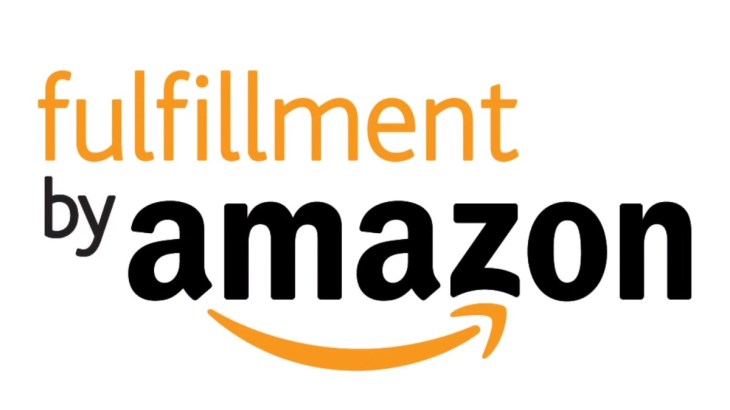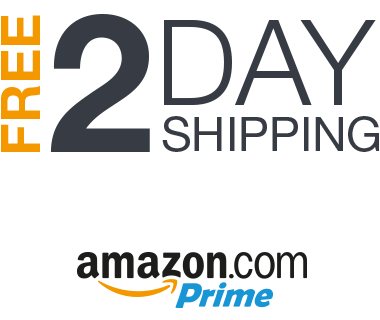So, you’re interested in selling on Amazon and want to know if Fulfillment By Amazon (FBA) is right for your business?
Here’s how Amazon FBA works, how it can help grow your business, and the pros and cons to help evaluate if it’s the right fulfillment method for your brand.
“Brands and retailers can essentially outsource the ‘heavy lifting,’ the warehousing, logistics, and returns — to Amazon with the FBA program. Your catalog, sales volume, and price margins will ultimately decide whether Amazon FBA is a logical fit for your brand.”

-Meghan Andrade, Marketplace Channel Analyst at CPC Strategy
What is Amazon FBA?
Fulfillment By Amazon (FBA) is an order fulfillment solution for retailers that offers storage and distribution of products through Amazon’s global supply chain and distribution network.
Amazon offers this turnkey service to retailers to help them scale their business through warehousing, fulfillment, and distribution of their products — at a fee, of course.

Retailers that choose to use Amazon FBA enjoy many benefits like having an extensive distribution network and the prized FBA logo on your product detail page that customers have come to trust.
Not only do retailers benefit from the storefront and exposure of selling their products on Amazon, but they also benefit from the scalability and best-in-class global logistics capabilities that Amazon has become known for.
One of the prime reasons many businesses apply for Amazon FBA is that it allows them to rely on Amazon as their logistics partner, rather than having to create their own fulfillment process or search for a third-party service.
How Does Amazon FBA Work?
1. Application and Setup
You can apply for Amazon FBA within Amazon Seller Center.
2. Ship Your Products To Amazon’s Fulfillment Centers
Next, you’ll send Amazon your products to store in one or more of their fulfillment centers near your customers across the Amazon footprint.
Amazon will receive your products, sort and store them on their shelves, and enter them into their inventory.
Before sending your products off to Amazon, you’ll need to:
- Label
- Pack
- …and set up up a shipment plan for your FBA products within Seller Central
3. Amazon Stores, Ships, and Updates Your Product Inventories
When a customer places an order for your product, Amazon will handle the transaction entirely.
They will pick the items, box and ship them directly to the customer of your company’s behalf.
The inventory count is updated, receipts and invoices are created, and order tracking is available to the customer.

What About Amazon FBA Returns?
After the order leaves the warehouse, Amazon provides customer service through its Returns Processing Center.
Customers call Amazon with any issues and use the Amazon website and app to track orders, provide feedback, and access the Help section with FAQs for assistance during the delivery process.
If there’s a problem with an order, the customer processes their return through Amazon.
This process includes:
- Printing the shipping label
- Shipping their return back to Amazon
- Tracking and receiving notifications about their return
- Receiving a refund once the return has been finalized by Amazon
For a fee, Amazon FBA does nearly everything for you.
It’s still your responsibility to pick the products to sell through FBA and keep the inventory of those products in stock.
For more information on how to handle FBA returns, read Why Amazon FBA Returns Are a Problem (and What You Can Do).
The Pros and Cons of Amazon FBA
Pros
- Exposure to the retail giant’s broad-reaching network: When you become an Amazon FBA seller, you gain access to everything retailers envy about their business model. On top of that, your product is also shared on Amazon’s platforms in Canada and Mexico so you receive all the benefits of Amazon across North America, not just the US.
- Search placement: Amazon’s algorithm favors FBA clients and ranks their products higher in search results. So not only are you purchasing a shelf in their store, you’re given prime real estate to increase your visibility as the product to buy in your category on Amazon.
- Operational excellence: Amazon is the standard in ecommerce retail and has been the catalyst for change across dozens of industries due to their impeccable operational efficiency. Retailers that use Amazon FBA enjoy the benefits of operational excellence by being able to offer Two-Day Shipping for Amazon Prime members, as well as create a sticky relationship with customers with the Subscribe & Save subscription service Amazon offers for automatic replenishment of goods direct to consumers.

- Convenience: Products and packing materials will go to an Amazon warehouse instead of your own warehouse or stores. Any issues in the fulfillment process are solved and handled by Amazon, not you or your staff.
“Whether its seller fulfilled prime or fulfilled by Amazon, the key here is the Prime badge. The Prime badge and fulfilled by Amazon sticker can boost the velocity of your products because customers trust these services.”

-Jeff Coleman, VP of Marketplace Channels at CPC Strategy
Cons
- Cost: As with any business service, it’s important to know if the value of working with Amazon FBA outweighs the cost for your particular business. Costs are determined mainly by the quantity you sell per month, size and weight of a single unit of your product, and profit margin. Additional fees apply to products that sit in inventory too long, certain categories of products (DVDs, books, flammable or risky product types), and referrals.
For 2019, Amazon made some changes to its Amazon FBA fees. To help you calculate anticipated costs, check out our Amazon FBA Calculator.
- Loss of branding opportunities: With any Amazon FBA arrangement, you get the benefits of the Amazon network. However, you do have to sacrifice some branding opportunities to set yourself apart from your competition, such as your brand name on your shipping boxes, storefronts, or your own large warehouse with your logo on it.
The Final Takeaway
Is Amazon FBA right for your business?
Well, it really depends on a few, key factors related to your business and the products you plan to sell.
Estimate your FBA fees based on the type of products for sale and how many you plan to sell. Compare the estimated fees of the service against the cost to replace this service by building it yourself or using a third-party fulfillment option like ShipBob.
If you’re interested in getting started with Amazon FBA, you can apply here.
Want to learn more?
You Might Be Interested In












